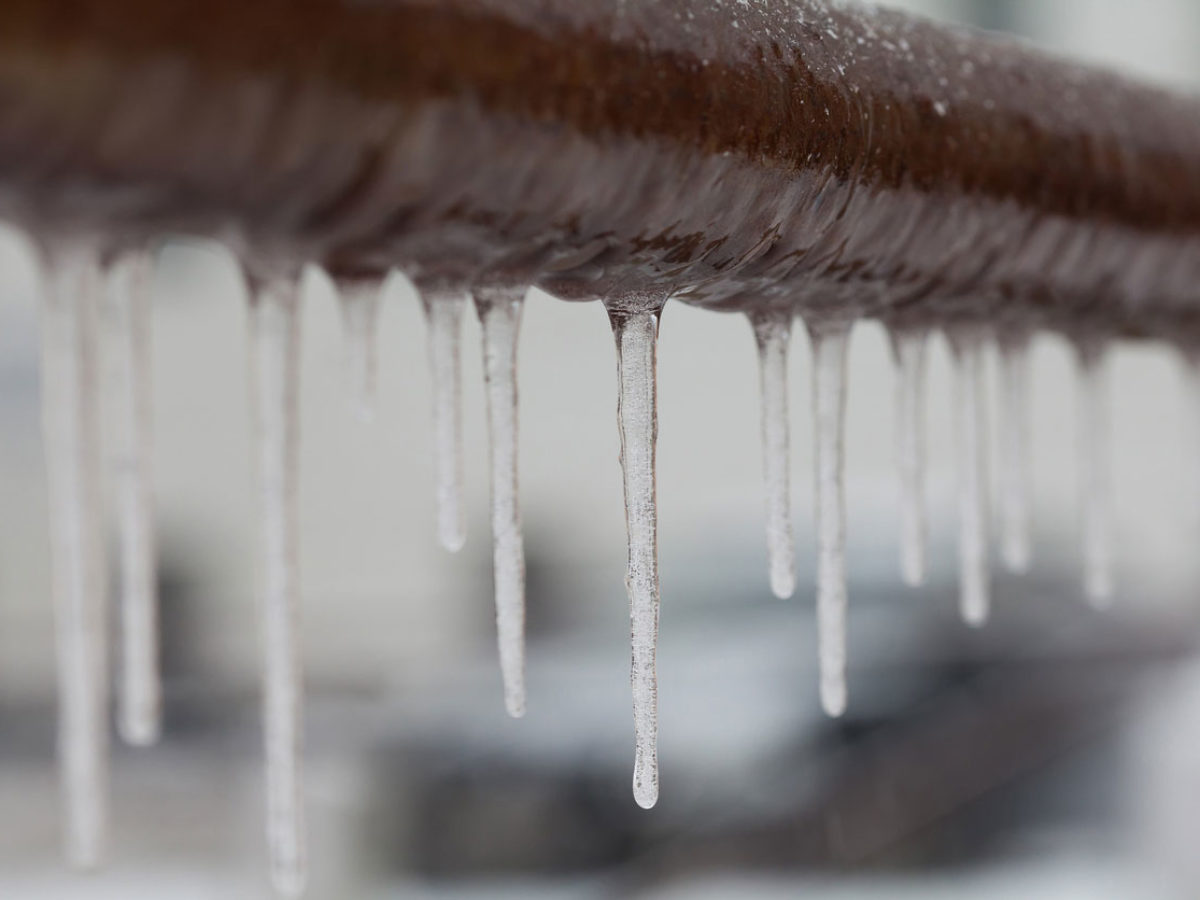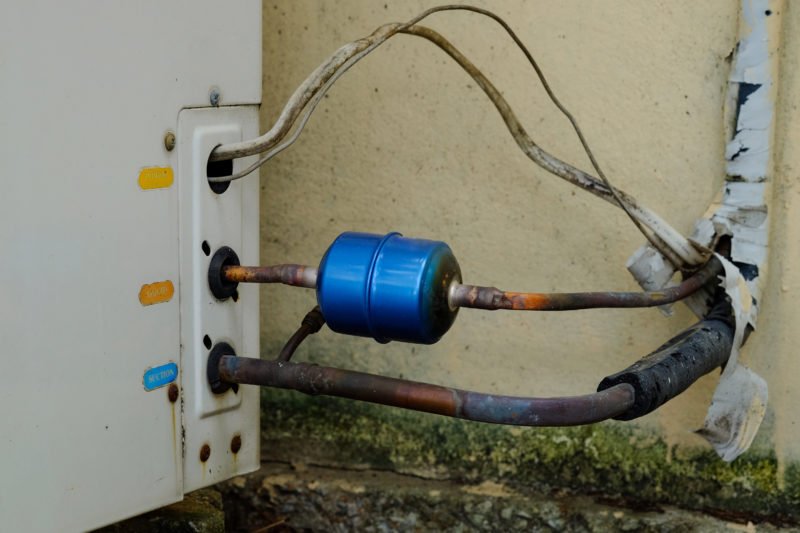Advice on Unfreezing a Frozen AC Pipe - Reinstating Normal Functionality
Advice on Unfreezing a Frozen AC Pipe - Reinstating Normal Functionality
Blog Article
What're your ideas about Air Conditioner Frozen? How To Fix your Frozen AC Line?

Introduction
Discovering that your a/c pipeline is iced up can be worrying, specifically throughout warm summertime when you rely on your air conditioning system one of the most. Comprehending what to do in such a scenario is essential to prevent further damages to your cooling system and ensure your convenience inside your home.
Recognizing the Causes
Numerous factors can contribute to the freezing of an air conditioning pipe. Recognizing these causes can aid you resolve the issue successfully.
Lack of Airflow
One common root cause of a frozen a/c pipeline is inadequate air movement. When the air movement over the evaporator coil is limited, it can create the coil to drop below freezing temperature, resulting in ice formation on the pipe.
Reduced Refrigerant Levels
Not enough cooling agent levels in your air conditioning system can also result in an icy pipeline. Low cooling agent degrees can cause the stress in the system to go down, resulting in the freezing of dampness on the evaporator coil.
Cold Weather Conditions
In colder environments, freezing temperatures outside can add to the freezing of air conditioner pipes. If your AC device is not properly protected or if there are leakages in the ductwork, cold air can penetrate the system, triggering the pipe to ice up.
Dirty Air Filters
Filthy or clogged air filters can restrict air movement in your AC system, resulting in numerous concerns, including an icy pipeline. It's necessary to change or cleanse your air filters regularly to make sure correct airflow and avoid ice accumulation.
Indications of a Frozen Air Conditioner Pipe
Identifying the indicators of an icy air conditioner pipeline is crucial for punctual activity.
Lowered Airflow
If you see a substantial decline in air movement from your vents, it might indicate a frozen pipeline.
Ice Buildup on the Pipe
Visible ice buildup on the cooling agent line or the evaporator coil is a clear indicator of a frozen AC pipeline.
Unusual Sounds from the Unit
Uncommon noises, such as hissing or bubbling, originating from your air conditioning device can indicate that there's ice present on the pipeline.
Immediate Actions to Take
When faced with a frozen air conditioner pipe, it's essential to act swiftly to prevent additional damages to your air conditioning system.
Switching off the air conditioning
The first step is to switch off your air conditioner to avoid the system from running and exacerbating the concern.
Looking for Blockages
Inspect the location around the interior system for any type of obstructions that might be blocking air flow, such as furnishings or drapes.
Defrosting the Pipe
You can make use of mild techniques like placing towels soaked in warm water around the icy pipe to aid thaw it slowly.
Preventive Measures
Taking safety nets can assist stay clear of future occurrences of a frozen air conditioning pipe.
Normal Maintenance Checks
Set up normal maintenance talk to an expert HVAC service technician to make sure that your AC system is running successfully.
Altering Air Filters
Frequently replace or clean your air filters to stop air flow constraints and preserve optimum performance.
Protecting Exposed Pipes
If your AC pipes are revealed to cool temperatures, take into consideration insulating them to avoid cold throughout winter months.
Seeking Professional Help
If DIY techniques fall short to resolve the issue or if you're uncertain regarding just how to proceed, it's finest to look for support from a certified HVAC service technician.
When DIY Methods Fail
If your attempts to thaw the pipeline or address various other issues are unsuccessful, it's time to call in an expert.
Importance of Hiring a Professional HVAC Technician
A certified HVAC specialist has the experience and tools required to detect and repair concerns with your air conditioner system safely and successfully.
Final thought
Handling an icy air conditioner pipe can be a frustrating experience, but knowing how to respond can assist minimize damages and bring back convenience to your home. By comprehending the reasons, identifying the indications, and taking punctual activity, you can efficiently attend to the concern and avoid future events.
What to Do If Your AC Line Is Frozen
Make Sure All Supply and Return Air Vents Are Open
If you notice problems with airflow, the first thing you should do is check your supply and return vents. Supply vents distribute clean, conditioned air throughout your home. As this air becomes stale, it’s pulled into the return vent, where it’s reconditioned before being sent back out through the supply vent.
When these vents are closed, air won’t flow in the home. Before examining your AC, check the vents in every room and ensure they’re all open.
Check for a Dirty Air Filter
Another possible cause of limited airflow is a dirty air filter. Your air conditioner’s filters catch elements you don’t want to breathe in, such as dirt and dust. Over time, filters can become clogged, ultimately blocking air from flowing in and out. The lack of airflow can then cause the entire coil to freeze and will completely restrict any air from moving through it. The AC may need to be powered off for one to two days to allow the coil to thaw after replacing the filter to allow proper functioning of the unit. This debris can also accumulate on your AC’s evaporator coil, requiring a more serious repair. In general, air filters should be cleaned regularly (about every two weeks).
Assess Your Outdoor Unit
In addition to checking your AC, assessing the outdoor unit is a good idea. Also known as the condensing unit, it works with your interior unit to release heat outside. An issue with the outdoor unit can result in rising internal temperatures.
Overgrown Shrubs or Clogged Leaves
From leaves and twigs to shrubs and debris, there’s no shortage of outdoor elements that can accumulate around your condensing unit. When these elements get lodged inside the unit, they can block airflow. Fortunately, removing the blockage can solve the problem.
Sounds of a Broken Fan
Shrubs and leaves aren’t the only things that can impede your outdoor unit’s airflow. If the fan is broken, the unit won’t be able to properly get rid of heat — which means the internal temperature won’t go down. First, make sure the fan is spinning. If it is, check for the following sounds of a broken fan:
Buzzing Rattling Screeching Hissing Clicking Preventative Measures
Nobody wants to deal with a frozen AC line. In addition to causing problems with your air conditioner, they require professional repairs. On the bright side, there are preventative measures you can take to help ensure this issue doesn’t arise in the first place.
https://www.coopergreenteam.com/blog/what-to-do-if-ac-line-frozen

I'm certainly very involved in What Do I Do If My AC Pipe Is Frozen and I am praying you enjoyed the entry. I beg you take the time to distribute this post if you appreciated it. I appreciate reading our article about Have a Frozen AC Line? Here’s How to Fix It.
Details Report this page